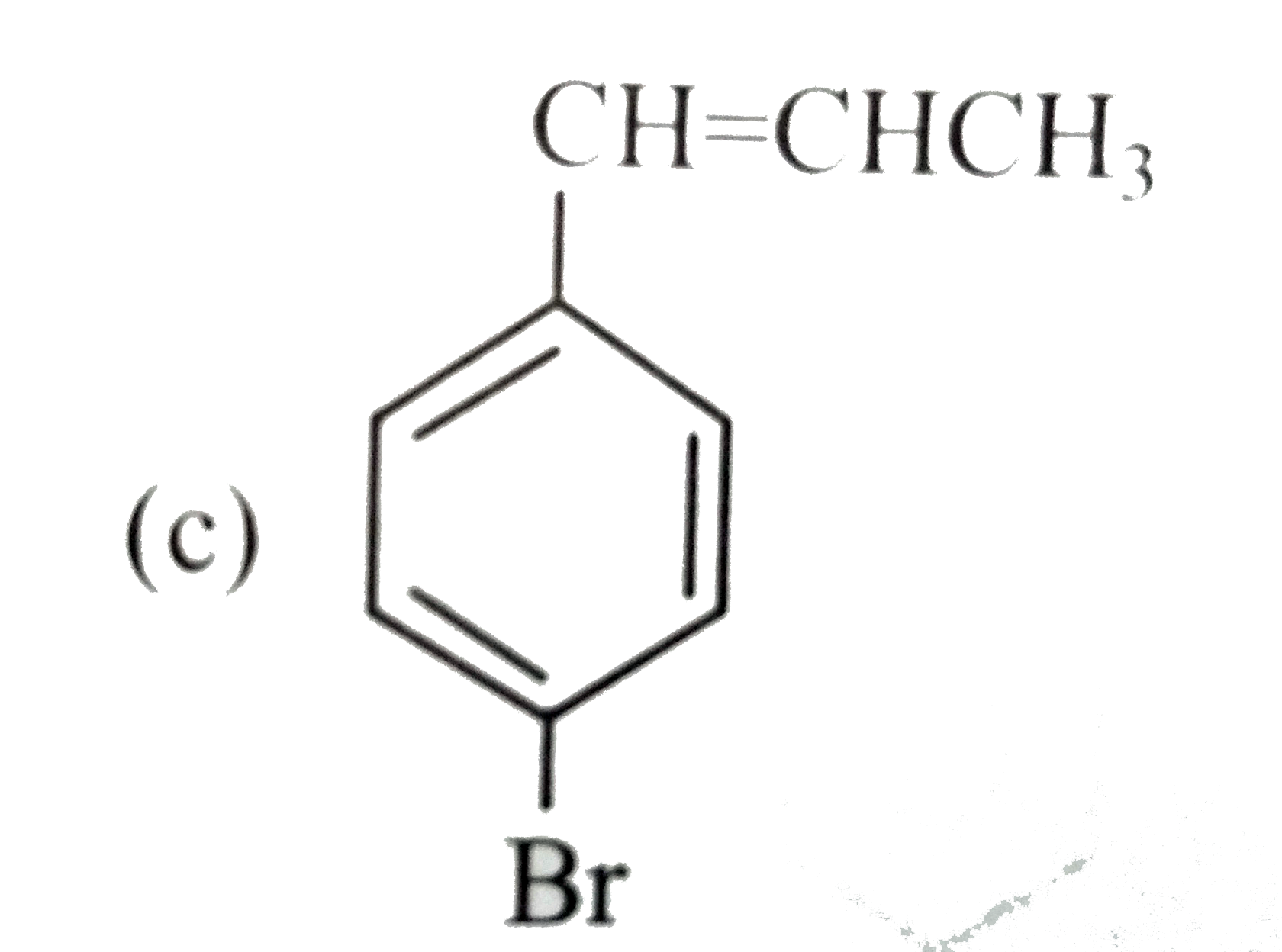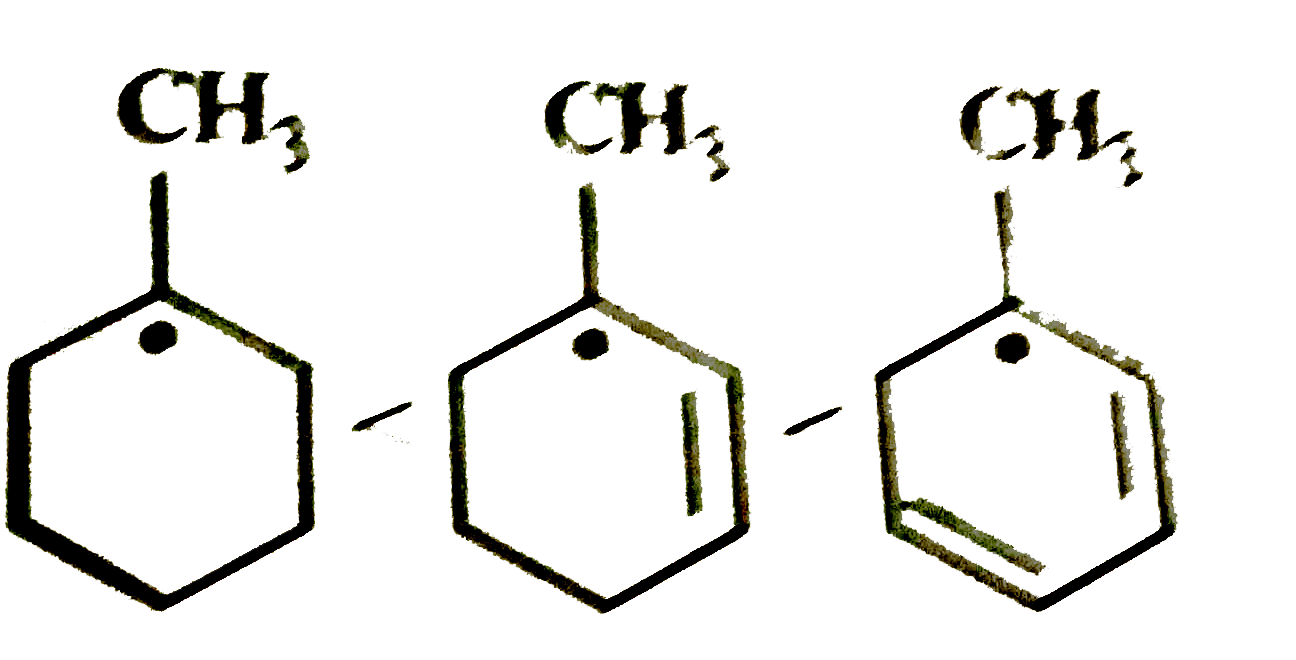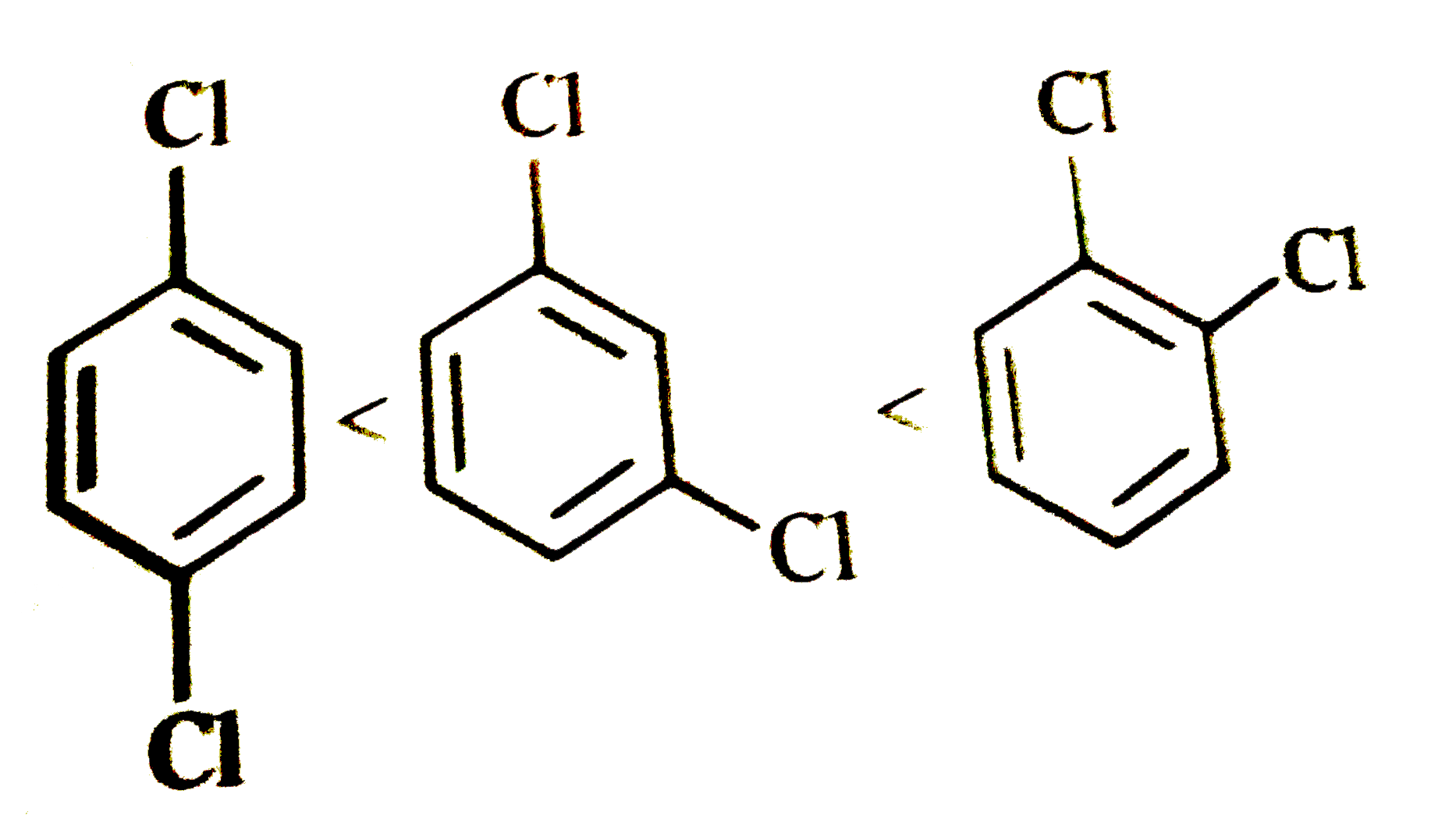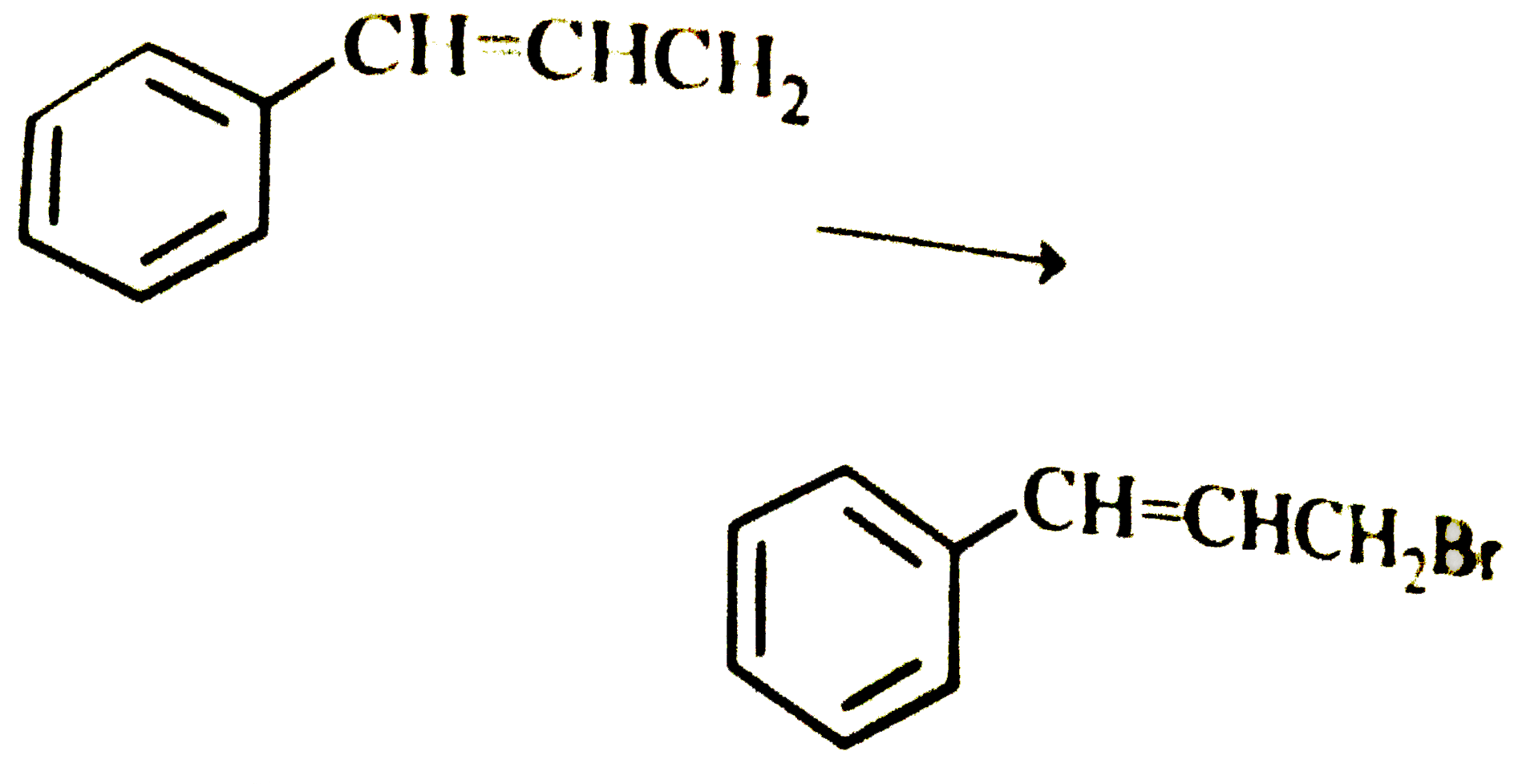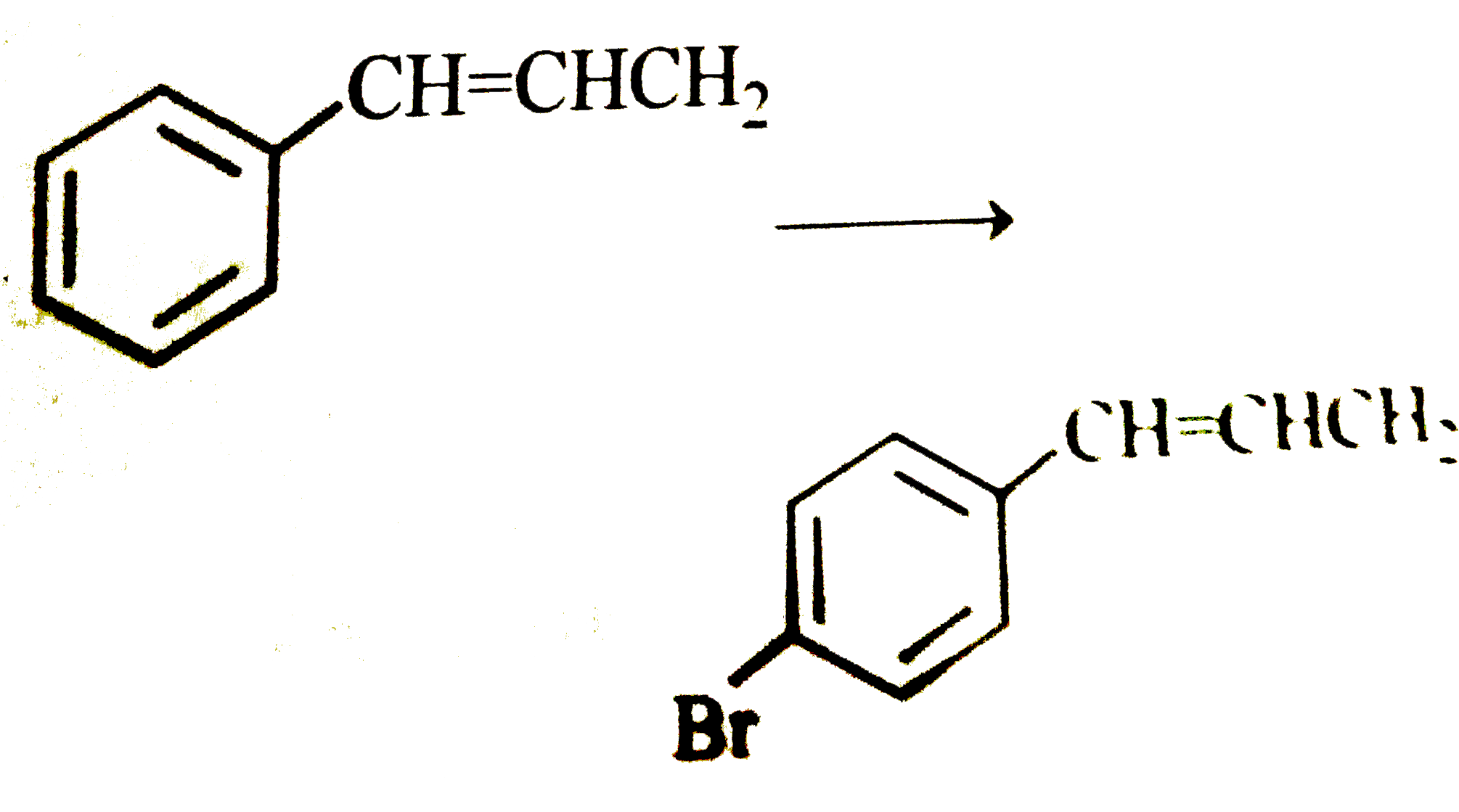Explore topic-wise InterviewSolutions in .
This section includes InterviewSolutions, each offering curated multiple-choice questions to sharpen your knowledge and support exam preparation. Choose a topic below to get started.
| 24101. |
The reaction of CH_3OCH_2CH_3 with hot excess HI gives |
|
Answer» `CH_3OH + CH_3CH_2I` |
|
| 24102. |
The reaction of CHCl_(3) and alcohol KOH with p-toluidine gives |
|
Answer»

|
|
| 24103. |
The reaction of CH_(3)OC_(2)H_(5) with HI gives |
|
Answer» `C_(2)H_(5)I+CH_(3)OH` |
|
| 24104. |
The reaction of CH_3OC_2H_5 with HI gives: |
|
Answer» `CH_3I` only |
|
| 24105. |
The reaction of (CH_(3))_(3)CMgCl with (CH_(3))_(3)C-CO-C(CH_(3))_(3) after hydrolysis gives |
|
Answer» `(CH_(3))_(2)CCH=CH_(2)` |
|
| 24106. |
The reaction of CH_3CH_2Br and (CH_3)_3CONa to form ether is called |
|
Answer» WILLIAMSON reaction |
|
| 24107. |
The reaction of (CH_(3))_(3)CONa with ……. reagent is the most easy ? |
|
Answer» `(CH_(3))_(2)CHBr` |
|
| 24108. |
Thereactionof CH_(3) CN to CH_(3)CH_(2)NH_(2) is called |
|
Answer» Mendius REDUCTION |
|
| 24109. |
The reaction of CH_2=CHCHO with LiAlH_4 gives |
|
Answer» `CH_3CH_2CH_2OH` |
|
| 24110. |
The reaction of calcium cyanamide with water yields |
|
Answer» `CA(OH)_(2) and N_(2)` |
|
| 24111. |
The reaction of C_(6)H_(5)N_(2)^(+)Cl^(-) with CuCl gives |
|
Answer» `C_(6)H_(5)CL` |
|
| 24112. |
The reaction of C_(6)H_(5)CH=CHCHO with LiAlH_(4) gives |
|
Answer» `C_(6)H_(5)CH_(2)CH_(2)CH_(2)OH` |
|
| 24113. |
The reaction of C_(6)H_(5)CH=CHCH_(3) with HBr produces |
|
Answer» `C_(6)H_(5)CH_(2)CH_(2)CH_(2)Br`  . .
|
|
| 24114. |
The reaction of C_6H_5CH=CHCH_3 with HBr produce |
|
Answer» `C_6H_5CH_2undersetunderset"BR"|CHCH_3` 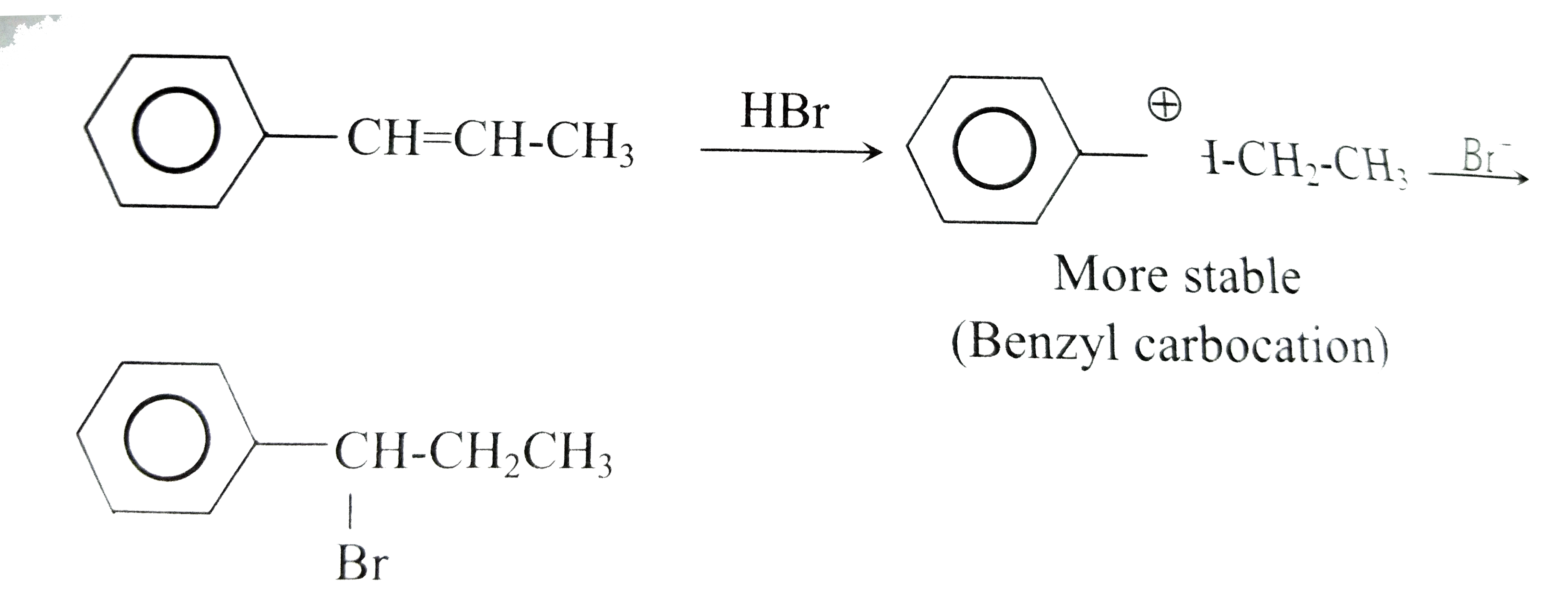
|
|
| 24115. |
The reaction of C_(2)H_(5)OH with H_(2)SO_(4) does not give |
|
Answer» Ethylene 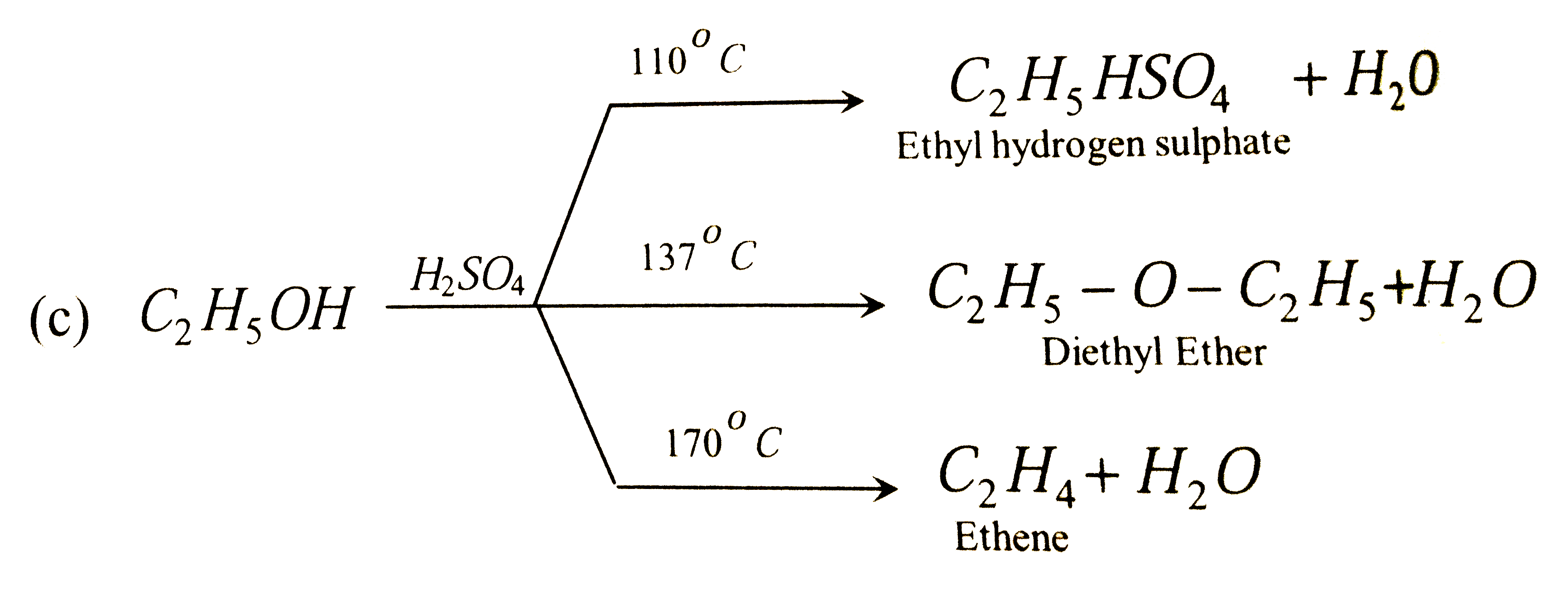
|
|
| 24116. |
The reaction of C_2H_5OH with Conc. H_2SO_4 does not give …………………. . |
|
Answer» ETHYLENE |
|
| 24117. |
The reaction of BrO_(3)^(-) and F_2 in alkaline medium forms |
|
Answer» `Br^(-)` |
|
| 24118. |
The reaction of Benzenediazonium chloride with aniline yields yellow dye. The name of the yellow dye is |
|
Answer» <P>p-hydroxyazobenzene 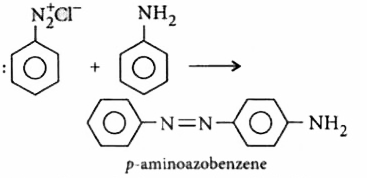
|
|
| 24119. |
The reaction of benzene with chlorine in the presence of iron gives |
|
Answer» BENZENE hexachloride 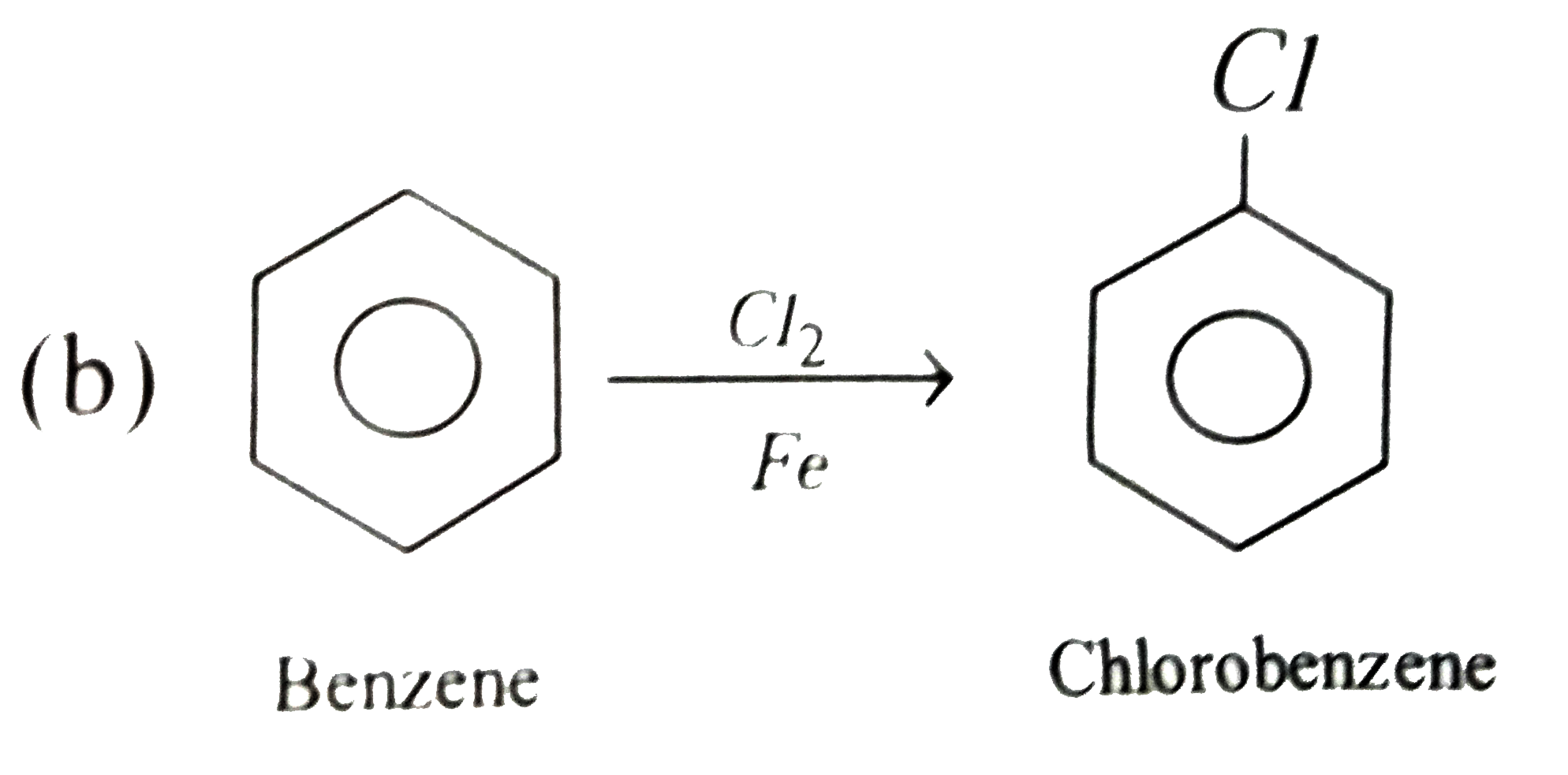
|
|
| 24120. |
The reaction of benzaldehyde with 50% NaOH is called .......... |
|
Answer» BENZOIN condensation |
|
| 24121. |
Thereactionof aquesous KMnO_(4)with H_(2)O_(2) in acidicconditiongives |
|
Answer» `MN^(4+)` and `MnO_(2)` |
|
| 24122. |
The reaction of aqueous KMnO_(4) with H_(2)O_(2) i acidic conditions gives : |
|
Answer» `Mn^(4+) and MnO_(2)` |
|
| 24123. |
The reaction of aniline with chloroform under alkaline conditoins leads to the formation of |
|
Answer» PHENYL CYANIDE |
|
| 24124. |
The reaction of an organic compound with ammonia followed by nitration of the product gives a powerful explosive, called RDX. The organic compound is |
|
Answer» phenol 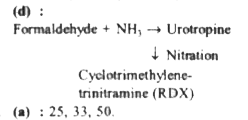
|
|
| 24125. |
The reaction of aniline with sodium nitrite and HCl at 293K to form benzenediazonium chloride is called______ |
| Answer» SOLUTION :DIAZOTIZATION. | |
| 24126. |
The reaction of an electrophile with a nucleophile is the same as the reaction of a Lewis acid with a Lewis base and is termed as Lewis acid-base combination reaction. Each atom in the product completes its octet ( except hydrogen which attains complete duplet) as a consequence of this combination. Which is not correct increasing order of the property indicated ? |
|
Answer» `CH_(3)OHltCH_(3)CO_(2)^(-)ltCH_(3)overset(Θ)` (BASE STRENGTH and nucleophilic strength) |
|
| 24127. |
The reaction of an organic compound with ammonia followed by nitration of the product gives a powerfulexplosive called RDX. The organic compound is |
|
Answer» PHENOL |
|
| 24128. |
The reaction of an ester RCOOR' with an alcohol R'OH in the presence of an acid gives |
|
Answer» ROOCH The exchange of alcohol RESIDUE KNOWN as alcoholysis or trans ESTERIFICATION. |
|
| 24129. |
The reaction of an electrophile with a nucleophile is the same as the reaction of a Lewis acid with a Lewis base and is termed as Lewis acid-base combination reaction. Each atom in the product completes its octet ( except hydrogen which attains complete duplet) as a consequence of this combination. In which case additional reagent is needed to generate an electrophile ? |
|
Answer»
|
|
| 24130. |
The reaction of an electrophile with a nucleophile is the same as the reaction of a Lewis acid with a Lewis base and is termed as Lewis acid-base combination reaction. Each atom in the product completes its octet ( except hydrogen which attains complete duplet) as a consequence of this combination. Consider following reaction between an electrophile and a nucleophile Incorrect statement (s) is/are H_(3)C-overset(CH_(3))overset(|)underset(CH_(3))underset(|)(C^(oplus))+H_(2)overset(cdotcdot)O:rarrH_(3)C-overset(CH_(3))overset(|)underset(CH_(3))underset(|)C-OH+H^(oplus) |
|
Answer» It is a Lewis acid base combination REACTION |
|
| 24131. |
The reaction of an aromatic halogen compound with an alkyl halides in presence of sodium and ether is called |
|
Answer» Wurtz reaction `C_(6)H_(5)Br+CH_(3)Br UNDERSET("ether")overset(Na)toC_(6)H_(5)CH_(3)+2NaBr` |
|
| 24132. |
The reaction of an aromatic halogen compound and an alkyl halide in the presence of sodium and dry ether is known as : |
|
Answer» Ulmann REACTION |
|
| 24133. |
The reactionof an alkylhalidewithRCOOAgproduces |
| Answer» ANSWER :A | |
| 24134. |
The reaction of amines with NaNO_(2)+HCl depends on the type of the amine and whether it is aliphatic or aromatic. The diazo group developed in aliphatic primary amines is rather highly unstable and decompose to produce mainly alcohols. Secondary amines react to give yellow oily liquids. overset(NaNO_(2)+HCl)to product structure is likely to be |
|
Answer»
|
|
| 24135. |
The reaction of amines with NaNO_(2)+HCl depends on the type of the amine and whether it is aliphatic or aromatic. The diazo group developed in aliphatic primary amines is rather highly unstable and decompose to produce mainly alcohols. Secondary amines react to give yellow oily liquids. Which of the following amines give yellow oily liquid nitroso compounds on reaction with NaNO_(2)+HCI. |
|
Answer» `CH_(3)CH_(2)NHCH_(3)` |
|
| 24136. |
The reaction of amines with NaNO_(2)+HCl depends on the type of the amine and whether it is aliphatic or aromatic. The diazo group developed in aliphatic primary amines is rather highly unstable and decompose to produce mainly alcohols. Secondary amines react to give yellow oily liquids. The possible alcohols produced ore with NaNO_(2)HCl is / are |
|
Answer»

|
|
| 24138. |
The reaction of alkali alcoholate and monohalo alkane is called as, |
|
Answer» WURTZ reaction |
|
| 24139. |
The reaction of alkanes with halogen is explosive in the case of: |
|
Answer» `F_2` |
|
| 24140. |
The reaction of acetyl chloride with diethylcadmium followed by hydrolysis gives___. |
| Answer» SOLUTION :2-butanone. | |
| 24141. |
The reaction of acetophenone with Br_(2) in presence of anhydrous AlCl_(3) gives______but with Br_(2) in presence of ether at 273K gives________. |
| Answer» Solution :m-bromoacetophenone,phenacyl bromide `C_(6)H_(5)COCH_(2)Br`. | |
| 24142. |
The reaction of acetone with PCI_(5) gives |
|
Answer» `CH_(3)COCH_(2)CI` 
|
|
| 24143. |
The reaction of acetic acid with Cl_2and red phosphorous is named as ................ |
|
Answer» KOLBE's REACTION |
|
| 24144. |
The reaction of acetone and ammonia in presence of sodium cyanoborohydride gives_____ |
| Answer» SOLUTION :ISOPROPYLAMINE (propan-2-amine). | |
| 24145. |
The reaction of acetamide withwater is an example of : |
|
Answer» Alcoholysis |
|
| 24146. |
The reaction of acetaldehyde with tollen's reagent gives : |
|
Answer» METHYL alcohol |
|
| 24147. |
The reaction of acetaldehyde with HCN followed by hydrolysis gives a product which exhibits? |
|
Answer» METAMERISM |
|
| 24148. |
The reaction of acetaldehyde with HCN followed by acid hydrolysis gives_____. |
| Answer» SOLUTION :LACTIC ACID or `ALPHA`-hydroxypropionic acid. | |
| 24149. |
The reaction of a carboxylic acid gives effervescence of CO_2 with NaHCO_3. The CO_2is from: |
|
Answer» R-COOH |
|
| 24150. |
The reaction of 4-bromobenzyl chloride with NaCN in ethanol leads to : |
|
Answer» 4-Bromobenzyl cyanide |
|





